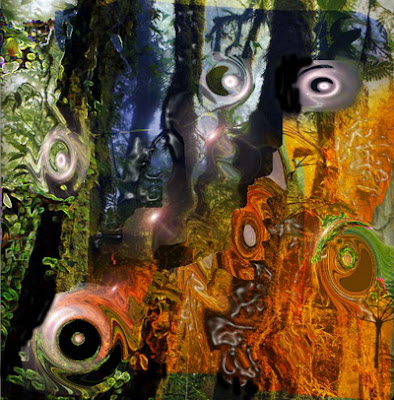
High Blood Pressure Symptoms
Screening and prevention are the best ways to protect your health, since there are many symptoms of high blood pressure. At every check up, your doctor should measure your blood pressure. The average blood pressure is what your normal blood pressure measurement is. Taking it one time does not reflect your true average.
Lots of people don't notice or experience the symptoms of high blood pressure, even though they suffer from this condition. In many cases, someone could experience the high blood pressure symptoms but mistake them for the symptoms of some other disorder. But at some time or other, most people with high blood pressure will experience some of the following symptoms:
* Headache - This can be one of the biggest hints when it comes to high blood pressure symptoms. * Dizziness * Irritableness * Queasiness * Feeling Hot * Faintness
When high blood pressure is left untreated, it can cause many issues, like organ damage. Just a few of the examples of what high blood pressure can induce include eye damage and vision problems, stroke, aneurysms, and heart attack. It's important that if you have experienced any symptoms of high blood pressure that you contact your doctor immediately. This could be a life or death situation, and you need to get it under control. Even if you haven't experienced symptoms, if you have a history of high blood pressure in your family, you should get your blood pressure taken regularly to monitor arising problems.
You may also be able to help prevent high blood pressure problems and symptoms by eating a healthy diet, exercising, and avoiding alcohol and cigarettes. Prevention: That's the key to healthy and happy living. Take control of your life and your health.







